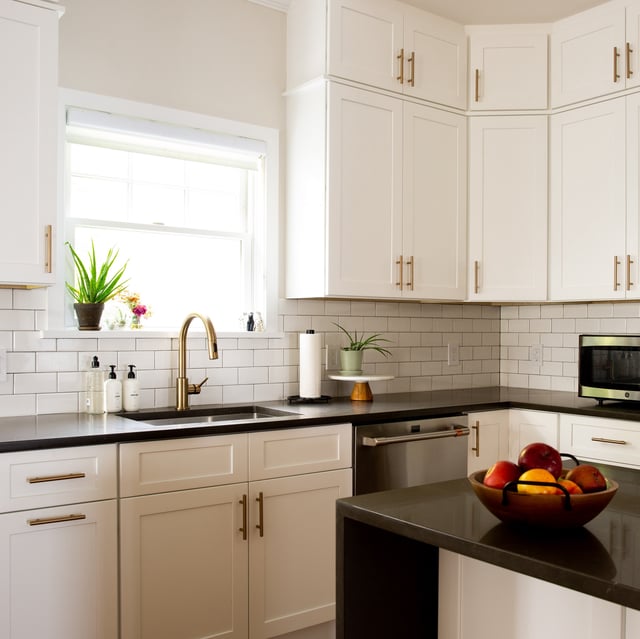
Kitchen
How Long Does a Kitchen Remodel Take?
04.01.2025
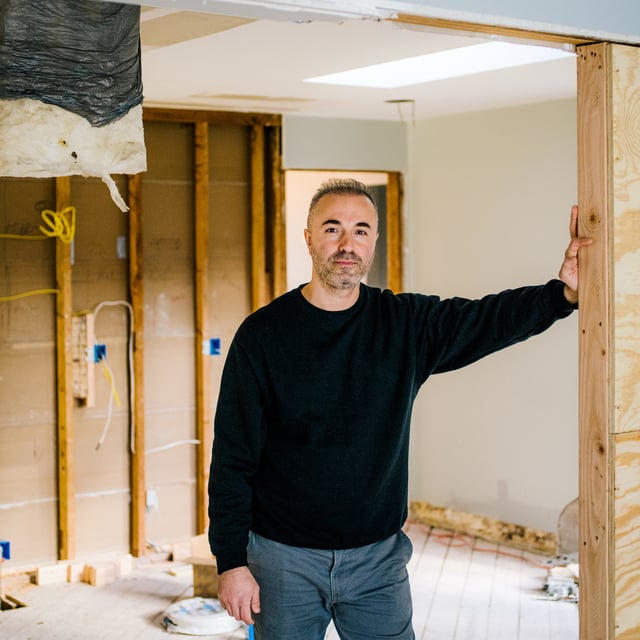
In This Article
Renovating your home without a solid plan is like setting off on a road trip with no map, no snacks, and a half-full gas tank. You might get there, but it will be stressful, expensive, and full of regrets. A well-planned renovation can increase your home’s value, improve functionality, and—most importantly—save you from mid-project meltdowns when you realize you forgot to budget for things like, oh, walls.
Skipping the planning phase, on the other hand, is a surefire way to end up with a timeline that doubles, costs that triple, and a kitchen that’s out of commission for so long you start to think of takeout as a food group.
So before you start knocking down walls or ordering fancy tiles, let’s map out everything you really need to consider. Because a little planning now means fewer headaches (and surprise expenses) later.
Let’s be honest—home renovations have a sneaky way of costing way more than you expect. You start with a simple bathroom update, and suddenly, you’re knee-deep in plumbing issues from the 1970s, realizing your “quick refresh” is now a full-scale remodel. That’s why setting a realistic budget (read: not the dreamy, best-case-scenario kind) is crucial before you even pick out a paint swatch.
Your budget needs to cover the big stuff—labor, materials, and permits—but don’t forget the sneaky extras. Think dumpster rentals, new light fixtures because your old ones suddenly look outdated, and that one tile you must have that just happens to be imported from Italy. And, because renovations love to throw curveballs, add a 10–15% cushion for unexpected costs. Trust us, something will go sideways. (Ever peeled up old carpet only to discover a horror movie-worthy floor underneath? Exactly.)
A little financial padding means that when surprises pop up—and they will—you won’t have to choose between fixing them or finishing your project. So, before you start shopping for countertops, sit down and map out your numbers. Future-you (the one enjoying a fully completed, paid-for renovation) will be very grateful.
First, you should ask, Why am I doing this? Because without a clear goal, your renovation could spiral from “let’s update the kitchen” to “what if we just add a second floor?” faster than you can say “budget overrun.”
Start by figuring out your why. Are you expanding because your family is growing, or are you just tired of staring at that avocado-green tile from 1978? Prioritizing function over aesthetics (or vice versa) will help you make smarter choices when things like budget constraints inevitably appear. Sure, heated bathroom floors sound dreamy, but do you really need them if you’re also trying to knock down a wall to create an open-concept living space?
The key is to separate needs from wants. If your kitchen layout makes cooking feel like an Olympic sport, fixing that should come before splurging on a wine fridge (even though let’s be real, that’s tempting). Set your goals upfront, and you’ll make better decisions, avoid unnecessary spending, and actually end up with a home that works for you.
Before you start picking out backsplash tiles and debating between matte or glossy finishes, take a hard look at what’s underneath the pretty stuff. Because no matter how gorgeous your new kitchen is, it won’t matter if faulty wiring turns it into a fire hazard or a leaky pipe floods your brand-new floors.
Start by evaluating the big-ticket items—structural integrity, plumbing, and electrical systems. If your home is older or you’ve noticed mysterious flickering lights or creaky floors, now’s the time to bring in a professional for a home inspection. Yes, it’s an extra step (and an extra cost), but it’s a lot cheaper than realizing mid-renovation that your foundation needs repairs or your entire electrical panel needs upgrading.
Addressing pre-existing issues before you start knocking down walls will save you from expensive surprises later. The last thing you want is to sink your budget into cosmetic upgrades only to discover that what’s behind the walls is crumbling—literally.
Finding the right contractor is a little like online dating—you need to do some serious vetting before committing, or you might end up with a mess you regret. Sure, that guy with the rock-bottom bid might seem like a steal, but if he disappears mid-project or cuts corners, you’ll be the one paying (literally) for it.
Start by looking for licensed and experienced professionals. Read reviews, ask for references, and check out their past work. Consider it a red flag if their portfolio only has suspiciously cropped photos and zero client testimonials. A great contractor should have a track record of happy customers—and be willing to connect you with them.
Also, watch out for vague contracts, upfront payment demands, or bids that seem too good to be true. Because if someone promises to renovate your entire kitchen for the price of a fancy coffee maker, you’re probably in for a disaster. Do your homework, and you’ll save yourself stress (and money) down the line.
Learn More: How to Do a Contractor License Check?
Permits might not be the most exciting part of a renovation, but skipping them is like running a red light—you might get away with it, but if you don’t, the consequences are expensive and messy. Before tearing down walls or rerouting plumbing, check your local regulations and ensure you have the right permits in place.
Why? Because failing to get permits can lead to hefty fines, delays, and, worst of all, being forced to undo all that work you just paid for. Imagine finally finishing your dream kitchen, only to be told you have to rip it all out because you skipped the paperwork. Not exactly a fun plot twist.
Permits are usually required for major changes like structural modifications, electrical updates, and plumbing work. Even smaller projects might need approval, depending on where you live. So before you pick up a hammer, make sure you’re in the clear—your future self (and your wallet) will thank you.
Renovations have a way of making time feel like an illusion. What starts as a “quick” six-week project can easily stretch into six months if you don’t plan properly. That’s why setting a realistic project timeline—one that factors in real-world delays—is just as important as choosing the right paint color.
Start by working with your contractor to establish firm start and end dates, but don’t forget to build in some buffer time. Weather, backordered materials, and the classic “we ran into an unexpected issue behind the walls” moment can all push things back. If your renovation involves custom materials, expect even longer lead times (because apparently, that perfect one you picked is traveling from Italy by canoe).
Also, make sure your timeline aligns with your contractor’s availability. The best professionals are often booked months in advance, so locking in their schedule early can save you from frustrating delays. A solid plan means fewer surprises and—hopefully—an end date that doesn’t feel like a moving target.

When it comes to renovation materials, the old saying “you get what you pay for” couldn’t be more accurate. Sure, budget-friendly options exist, but if you go too cheap, you might find yourself replacing that bargain countertop or flimsy flooring way sooner than expected. Quality materials not only stand up to daily wear and tear but also boost your home’s resale value—because no one wants to buy a house with cabinets that start peeling after a year.
That said, not every splurge is worth it. The key is balancing quality with budget constraints. Prioritize durability where it matters most—think flooring, countertops, and anything involving plumbing or electrical work. Meanwhile, you can save on trendier design elements that might get swapped out down the line.
When sourcing materials, compare local suppliers and online vendors. Local shops often have knowledgeable staff and better quality control, while online retailers can offer competitive pricing and unique options. Just make sure to read reviews—because no one wants to receive “solid oak” cabinets that turn out to be glorified cardboard.
Living through a renovation is a little like camping—except instead of being surrounded by nature, you’re dodging dust, power tools, and the constant hum of construction noise. If you’re not prepared, what starts as an exciting home upgrade can quickly turn into a survival challenge.
First, acknowledge that major renovations will disrupt your daily routine. If your kitchen is out of commission, where will you cook? (And no, surviving solely on takeout sounds fun until you miss real vegetables.) Setting up a temporary kitchen with a microwave, mini-fridge, and coffee maker can make all the difference. Same goes for bathroom remodels—have a backup plan unless you enjoy showering at the gym.
If the disruption is too much, consider relocating for part of the project. Otherwise, clear expectations with your contractor about working hours can help you plan around the chaos. A little prep now means fewer headaches later—and fewer desperate Google searches for “how to cook dinner in an air fryer.”
It’s easy to get caught up in the latest home trends (hello, statement wallpaper, and all-black kitchens), but before you commit, ask yourself: Will this still look good in five years? Because what’s “in” today could be tomorrow’s shag carpet.
When renovating, think beyond your current tastes and consider your home’s resale value. Timeless updates—like neutral kitchen cabinets, classic subway tiles, and high-quality flooring—are always a safer bet than ultra-trendy choices that might make future buyers cringe. (Remember when everyone thought vessel sinks were the peak of sophistication?)
That doesn’t mean your home has to be boring. If you love bold colors or patterns, incorporate them through easily changeable elements like paint, décor, or light fixtures. The goal is to create a space you love now that also appeals to buyers later—because even if you’re not planning to sell anytime soon, future-you will appreciate not having to undo expensive design choices.
If there’s one universal truth about home renovations, it’s this: something will go wrong. Maybe you tear up old flooring and discover water damage, or the tile you fell in love with suddenly doubles in price overnight. Renovation surprises are as inevitable as dust getting everywhere, no matter how many plastic sheets you put up.
The key? Flexibility. Go into the project knowing that delays, cost increases, and unexpected hiccups will happen. That way, when they do, you won’t go into full panic mode. Having a contingency fund (hello, an extra 10–15% of your budget) and a backup plan for materials can make these bumps a little less painful.
Most importantly, remember that a little preparation now means less stress later. The more you expect the unexpected, the easier it is to roll with the punches—and actually enjoy the process instead of feeling like you’re starring in a renovation horror story.
Home renovations are exciting, but without a solid plan, they can quickly spiral into a budget-busting, stress-inducing nightmare. That’s why these ten considerations—setting a realistic budget, defining your goals, assessing your home’s condition, researching contractors, obtaining permits, creating a timeline, selecting quality materials, planning for daily life, thinking long-term, and preparing for surprises—are non-negotiable steps in the process. Skipping even one could mean costly mistakes, extended timelines, or regrets that are expensive to fix.
But here’s the good news: with the right preparation, you can have a smooth renovation experience (or at least one that doesn’t make you want to rip your hair out). Start by mapping out your priorities, setting a budget cushion, and working with experienced professionals who understand your vision. A little planning now can mean the difference between a home you love and a project you never want to relive.
If you’re ready to start, Block makes the process easier by connecting you with vetted contractors and providing the tools you need to stay on track. Whether you're tackling a small bathroom refresh or a full-scale home transformation, having the right experts by your side makes all the difference.
So take a deep breath, start planning with confidence, and get ready to turn your renovation dreams into reality—without the nightmare of unexpected disasters.
Get Started with Block to connect with vetted contractors.
How much should I budget for unexpected costs in a renovation?
What are the most common mistakes homeowners make when renovating?
Do I need permits for all renovations?
How can I minimize disruption during a renovation?
How do I choose the right contractor for my project?
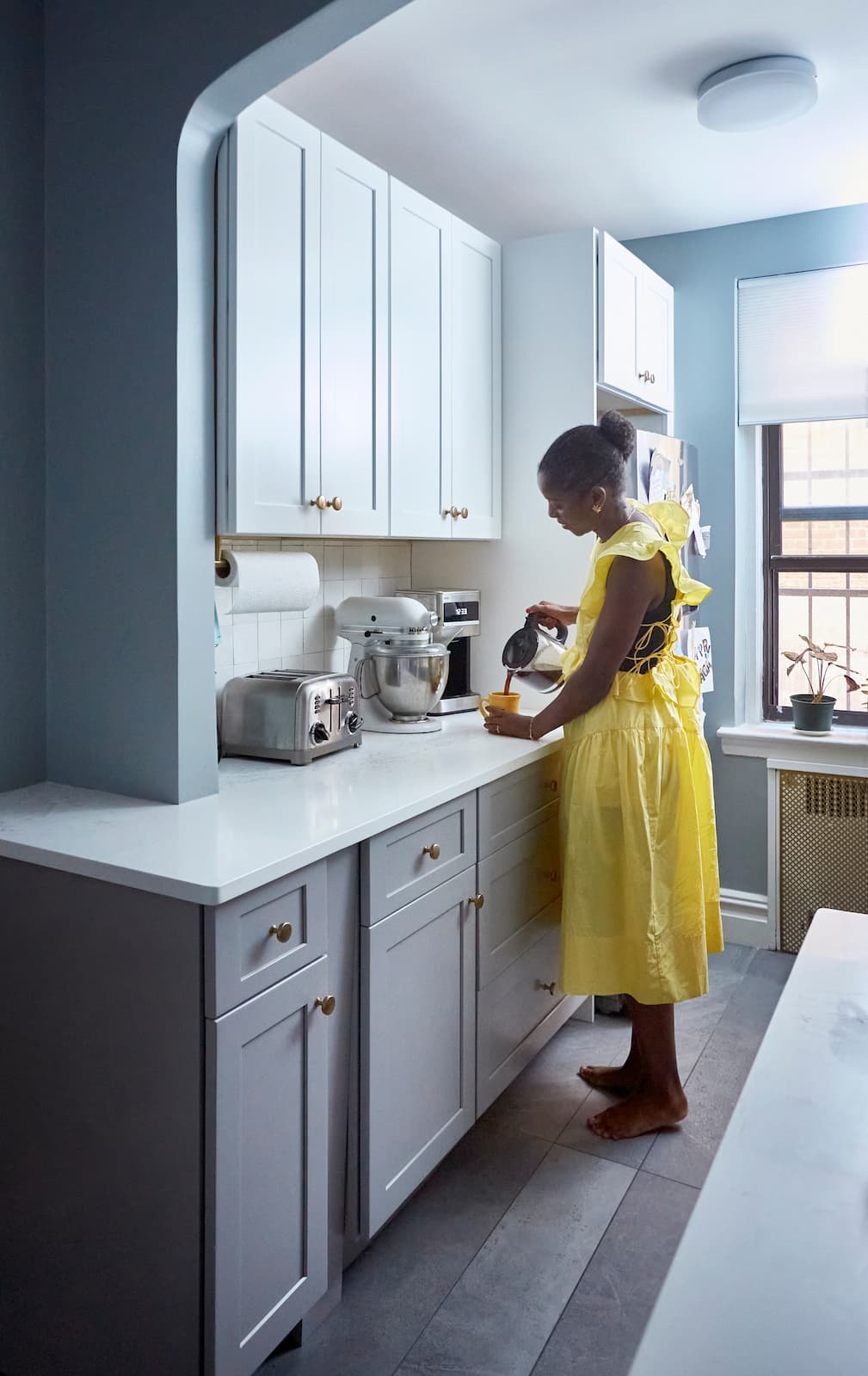
Renovate confidently with Block
Easily compare quotes from top quality contractors, and get peace of mind with warranty & price protections.
Thousands of homeowners have renovated with Block

4.5 Stars (100+)

4.7 Stars (100+)

4.5 Stars (75+)

Kitchen
How Long Does a Kitchen Remodel Take?
04.01.2025
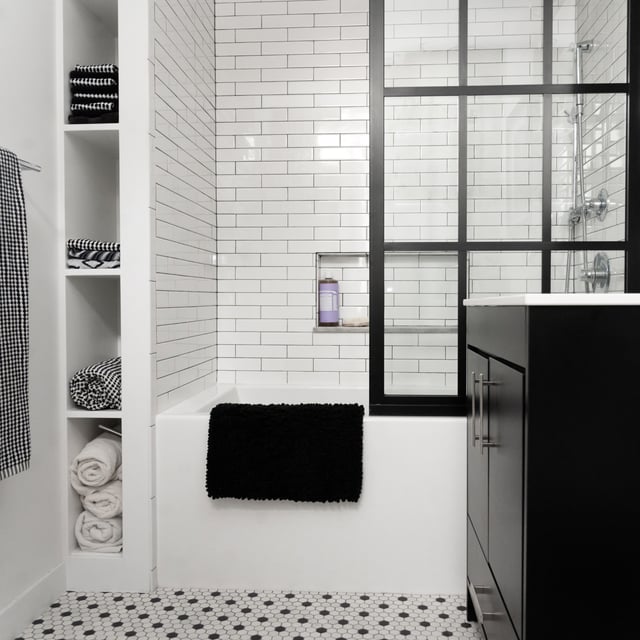
Remodeling
How to Finance a Bathroom Remodel in New Jersey
03.19.2025
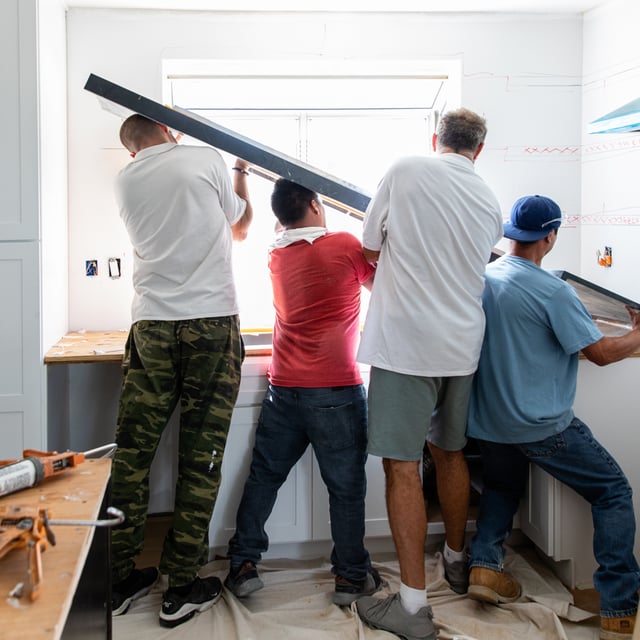
Remodeling
Should You Renovate Before Selling Your Home?
03.19.2025
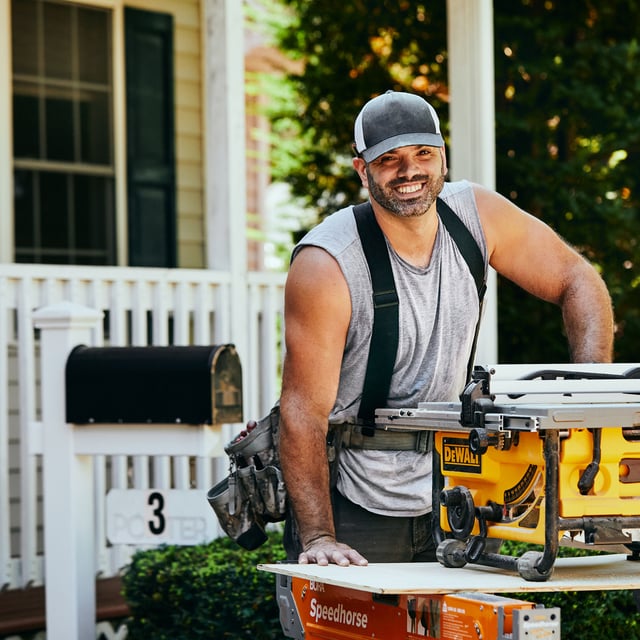
Remodeling
How to Renovate in Boston: A Complete Guide
03.19.2025
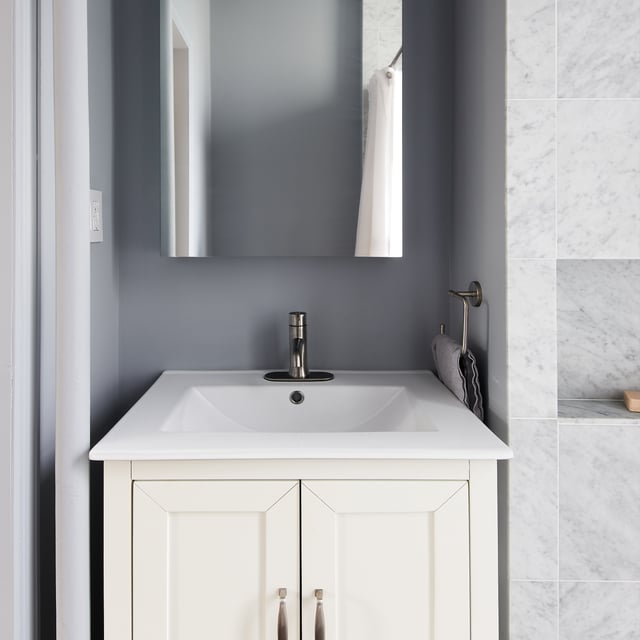
Remodeling
How to Renovate in New York City: A Complete Guide
03.19.2025
Renovate confidently